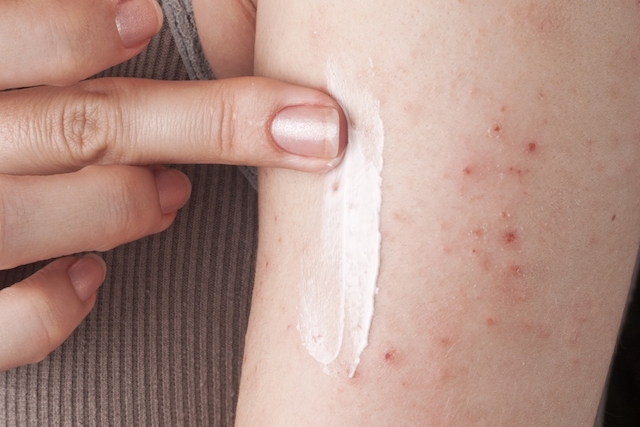Microphysiotherapy is a type of therapy developed by two French physiotherapists and osteopaths, Daniel Grosjean and Patrice Benini, which aims to assess and work the body using only hands and small movements, without using any type of equipment.
During the sessions of microphysiotherapy, the therapist's objective is to find places of tension in the person's body, through the movement of the hands that may be related to the symptoms or the problem that is being felt. This works based on the theory that the human body responds to various external aggressions, whether physical or emotional, and keeps these aggressions in its tissue memory, which over time creates tension and leads to the appearance of physical problems.
This therapy must be performed by properly trained professionals, and one of the largest training centers for this technique is known as "Microkinesi Therapy" with courses taught in English. Although it can help to improve some health problems, microphysiotherapy should be used as a complement to medical treatment and never as a substitute.

What is it for
Some of the health problems that can be improved with the use of this therapy include:
- Acute or chronic pain; Sports injuries; Muscle and joint problems; Allergies; Recurring pain, such as migraine or menstrual pains; Lack of concentration.
In addition, microphysiotherapy can also be used as a form of support for people with chronic and severe diseases, such as cancer, psoriasis or multiple sclerosis, for example.
As it is a relatively recent and little-known therapy, microphysiotherapy still needs to be better studied to understand its limitations. However, it can be used as a complementary form of treatment, as it does not pose any health risk.
How Therapy Works
Unlike other manual therapies, such as physiotherapy or osteopathy, microphysiotherapy does not consist of palpating the body to feel the skin or what is underneath, but doing "micro-palpations" to understand if there is any type of resistance in the body to movement. To do this, the therapist uses both hands to compress places on the body between the hands, or fingers, and try to find places of resistance, where the hands cannot slide easily.
For this reason, the person does not need to be without clothes, being able to be dressed, but wearing comfortable clothes and not tight, that does not prevent the free movement of the body.
Thus, if the hands are able to slide easily along the various parts of the body, it means that there is no cause for a problem there. However, if there is resistance to the hand compression movement, it is possible that the person is not healthy and needs treatment. That's because, the body must always be able to adapt to the small changes that are imposed on it. When you can't, it's a sign that something is wrong.
After identifying the location that may be the source of the symptom, a treatment is done to try to resolve the tension in the location.
How many sessions are needed?
Microphysiotherapy therapists indicate that 3 to 4 sessions are usually required to treat a specific problem or symptom, at intervals of 1 to 2 months between each session.
Who should not do
Since it does not pose any health risks and is based mainly on palpation of the body, microphysiotherapy is not contraindicated in any case, and can be performed by people of all ages.
However, chronic or very serious problems may not be able to be solved by this technique, it is always important to maintain any type of treatment that has been indicated by the doctor.












